Lean Manufacturing
Workshops
Let us help you overcome your business challenges. Contact us today to learn more about our services!
1- LVS Lean Value Stream Workshop
Workshop Overview:
Understanding the scope of the value stream under examination is
a good start when planning your lean process or value stream map. This map is a
single area in your organization. However, when multiple plants, customers, or
suppliers are included, an extended level map is created.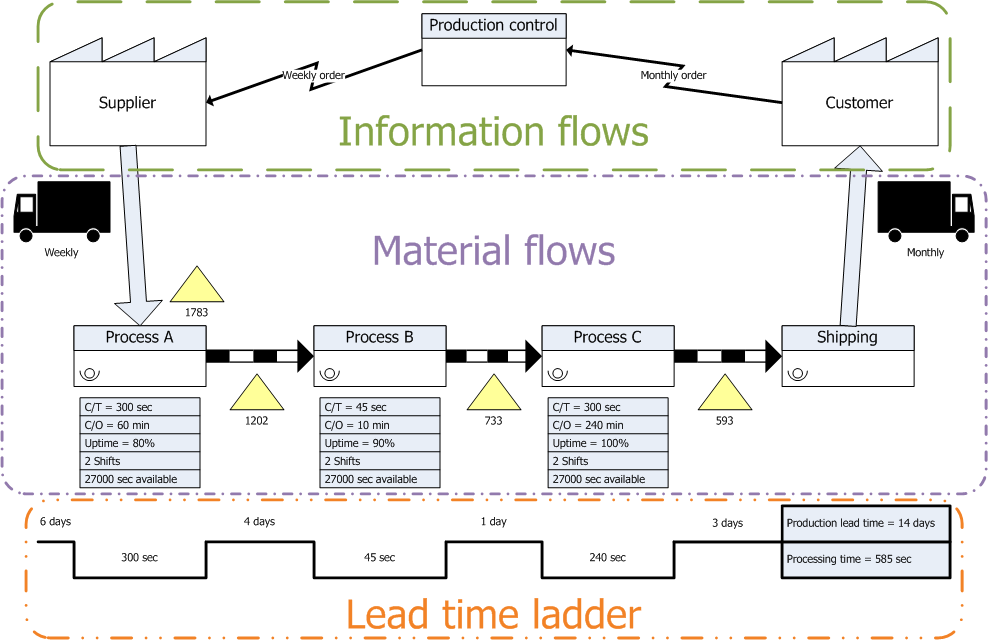
In this workshop, you will learn the following:
- Step 1: Form a Team to Create the Lean Value Stream Map.
- Step 2: The Kaizen Kick-Off – VSM Planning.
- Step 3: The Process Family – VSM Planning.
- Step 4: Identifying Similarities.
- Step 5: Creating the Current State Map – VSM Planning.
- Step 6: Start by Creating the Basic VSM Template.
- Step 7: Creating the Future State Map.
- Step 8: Creating the VSM Draft Plan.
2- Create Kanban Pull System Workshop.
Workshop Overview:
Implementing a pull system with Kanban can be extremely easy
when you know precisely what needs to be done to get it started and keep it
running. In the process of getting the hang lean management, you
will learn that establishing a pull system of work is among the most
important prerequisites to achieving optimal process efficiency.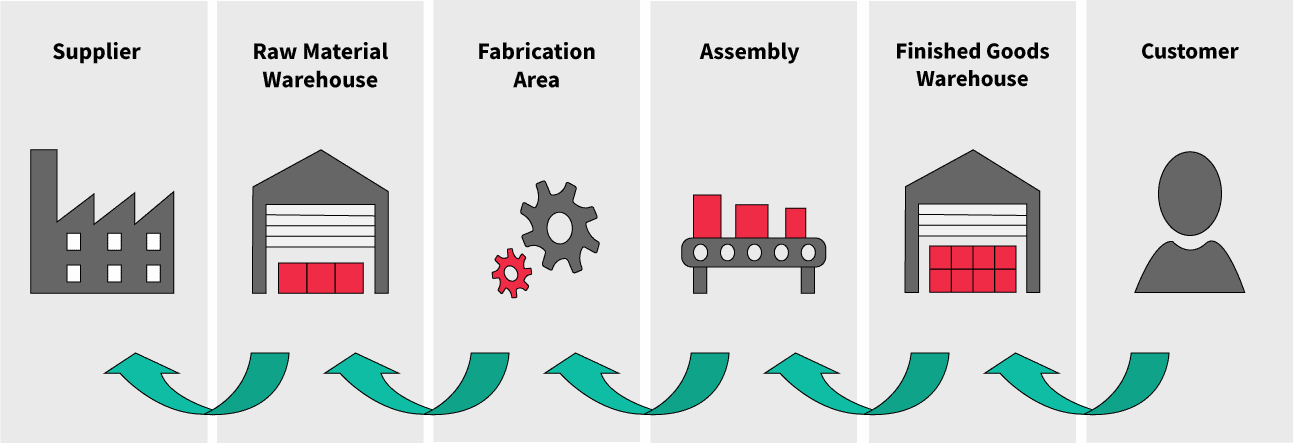
In this workshop, you will learn the following:
- How to Map The Workflow?
- How to Establish The Pull System?
- How to Limit Work-in-Progress?
- How to Manage a Kanban Pull System?
- How to Break Down Work?
- How to Apply Pull Signals?
- How to Manage Bottleneck?
3- Kanban Lean Supermarkets System.
Workshop Overview:
Implementing supermarket system is a method of managing inventory in which a
variation of parts can be kept without knowing in what order the parts will be
taken from the inventory. This means an internal customer will take a random
part from the supermarket, after which the (internal) supplier replenishes the
taken parts supermarket at a certain interval. A Pull connection with
supermarket is therefore also known as a replenishment pull system. To inform
the (internal) supplier about the parts that need to be replenished, Kanban can
be used.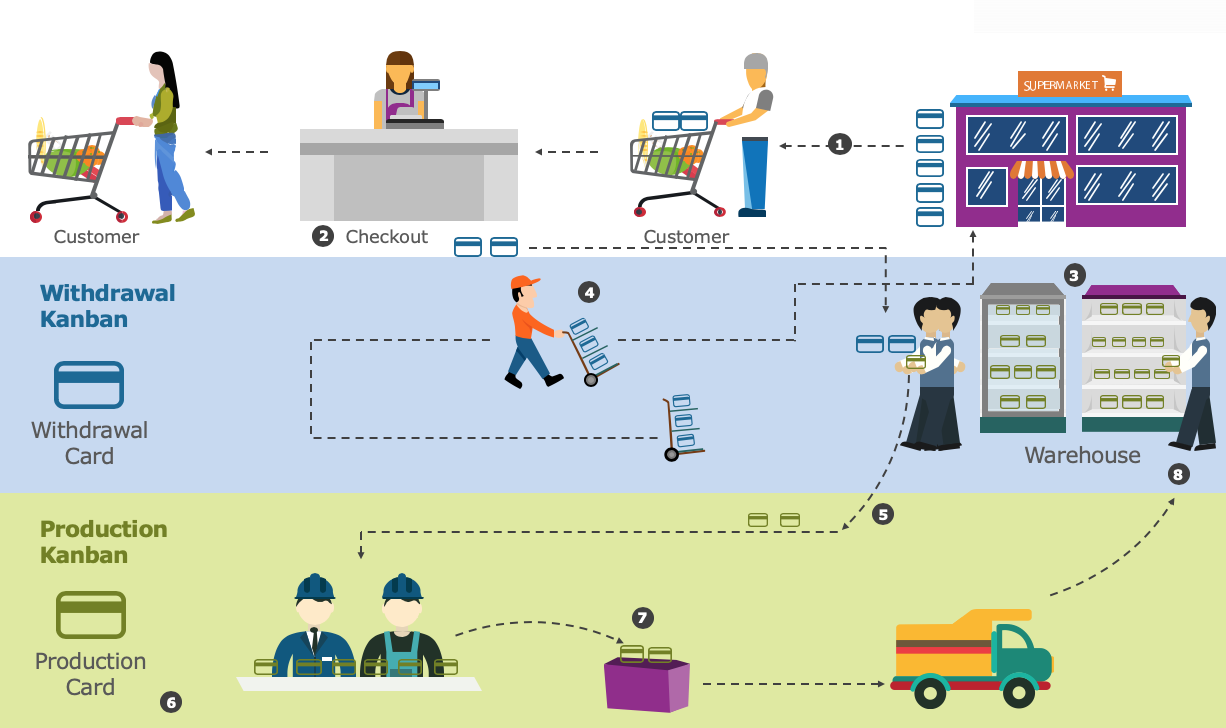
In this workshop, you will learn the following:
- The Supermarket with Kanban
-
- Every position in the supermarket is represented by a card, which can be plastic or paper, on which all required information to replenish the slot in the supermarket is written, like the location of both the slot and the supermarket, the supplier for that part and how many items go in one batch.
- The Two-Bin-System
-
-
It is
a form of a supermarket in which bins are used as Kanban cards. In this
system, every part has two assigned bins, filled with parts. Whenever one bin
is empty, it is placed on top of the rack, as a signal to the transporter that
it needs replenishment.
-
It is
a form of a supermarket in which bins are used as Kanban cards. In this
system, every part has two assigned bins, filled with parts. Whenever one bin
is empty, it is placed on top of the rack, as a signal to the transporter that
it needs replenishment.
4- Kanban Flow System.
Workshop Overview:
In the world of Lean, flow is a key concept. Since any kind of waiting is a waste, when creating a flow of value, your goal is to ensure smooth delivery from the second you receive an order to the moment when you deliver it to the customer.
A major impediment to creating a smooth flow are the bottlenecks in
your process. As a manager, you should be watchful of how tasks progress
through your workflow. Keep an especially close eye on where tasks get stuck so
you can look to understand why that happens. Bottlenecks may be caused by lack
of capacity at a certain stage, waiting on external stakeholders, etc.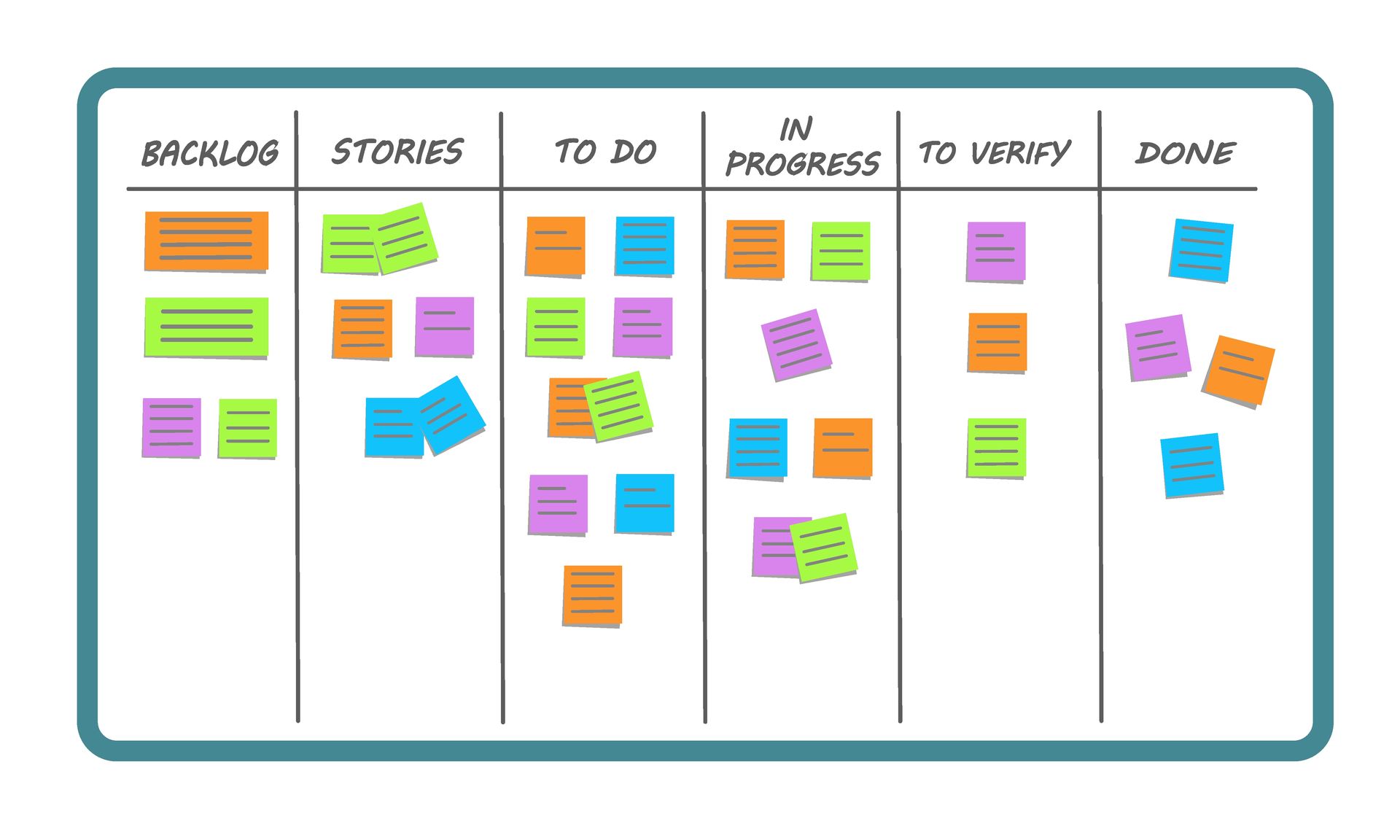
In this workshop, you will learn the following:
-
Bottlenecks Elimination.
-
Among the most common bottlenecks in any process are the review stages because most of the time, the people reviewing work items are fewer than those that submit it, and often, the reviewers become overwhelmed.
Alleviating the bottlenecks in your process is crucial for the creation of a smooth and Lean flow. If you can’t alleviate bottleneck , at least be sure to protect any existing ones from getting clogged
5- Waste Elimination.
Workshop Overview:
One of the first ways that Lean manufacturing can help to eliminate waste is by placing waste into different categories. Each type of waste is traditional broken down into either defects, excess processing, overproduction, waiting, inventory, moving, motion, and non-utilized talent. When looking at the workplace, keeping these various types of waste in mind can help you to spot improvement opportunities so that problems can be solved, and waste eliminated. So it is important to understand what needs to be done to eliminate these types of wastes by:
- JIDOKA (Q Defects detection through automation with human intelligence) .
-
Standardized Workflow.
In this workshop, you will learn the following:
- Detecting Abnormalities
-
- Every piece of equipment should be installed with the ability to spot mistakes. Moreover, an alert system should be in place to signal the discovery of any abnormality such as product defects, raw material errors, and machine failures.
- Stopping Production
-
- Upon abnormality detection, machines should be able to automatically cease working in order to contain the issue. Operators should also have the means to manually stop production just in case they notice anything substandard.
- Taking Actions
-
- With
auto-stop mechanisms that halt production, operators should evaluate the
situation and call for assistance when necessary. Corrective actions should be carried out within a given timeframe
to decide whether to resume production or not.
- With
auto-stop mechanisms that halt production, operators should evaluate the
situation and call for assistance when necessary. Corrective actions should be carried out within a given timeframe
to decide whether to resume production or not.
- Preventing Recurrence
-
- When
quick fixes enable production to go on, managers should retrospectively look
into the problem to enforce permanent solutions.
- When
quick fixes enable production to go on, managers should retrospectively look
into the problem to enforce permanent solutions.
6- Poka Yoke Application.
Workshop Overview:
Poka-Yoke ensures that the right conditions exist before a process step is executed, and thus preventing defects from occurring in the first place. Where this is not possible, Poka-Yoke performs a detective function, eliminating defects in the process as early as possible.
Poka-Yoke is any mechanism in a Lean manufacturing process that helps to avoid mistakes.
Its purpose is to eliminate product defects by preventing,
correcting, or drawing attention to human errors as they occur.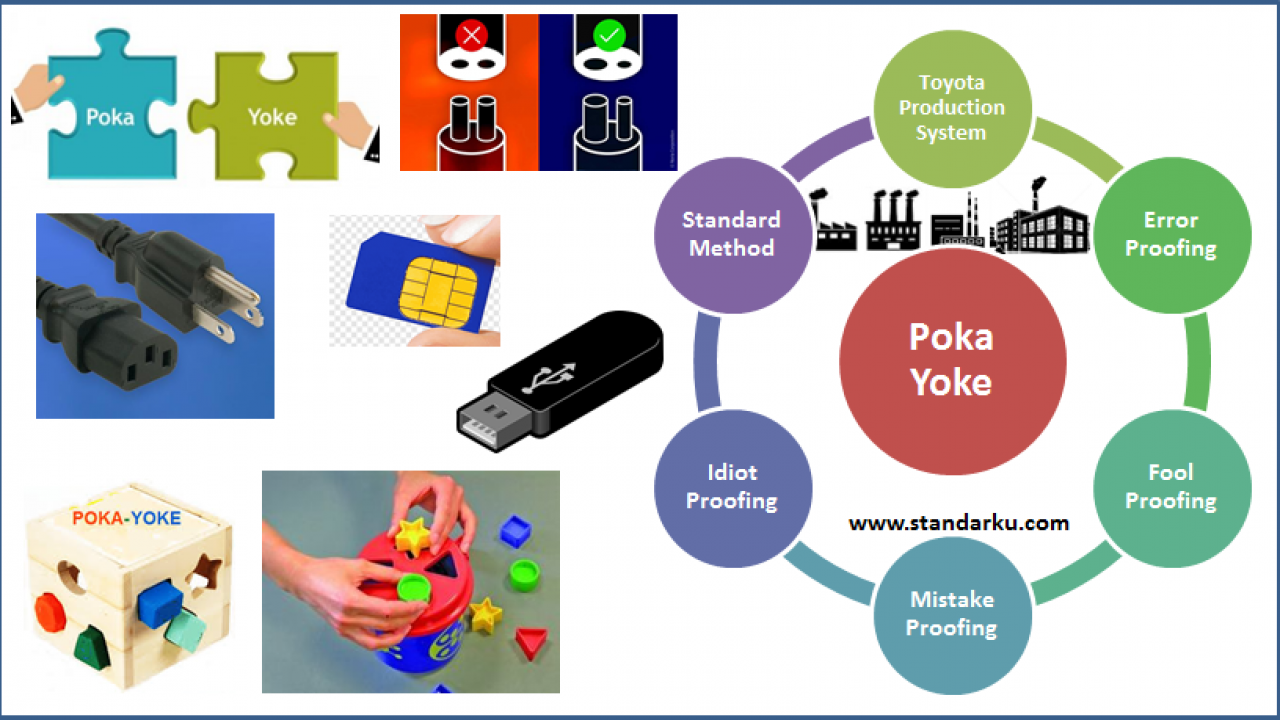
In this workshop, you will learn the following:
- Identify the operation or process.
- Analyze the 5-whys and the ways a process can fail.
- Choose the right Poka-Yoke approach, such as using a shutout type (preventing an error being made) or an attention type (highlighting that an error has been made).
- Take a comprehensive approach instead of thinking of Poka Yokes just as limit switches or automatic shutoff.
- Determine whether a contact (use of shape, size, or other physical attributes for detection), constant number (error triggered if a certain number of actions are not made), or a sequencing method (use of a checklist to ensure completing all process steps) is most appropriate.
- Test the method and see if it works.
- Train the operator, review performance, and measure success.